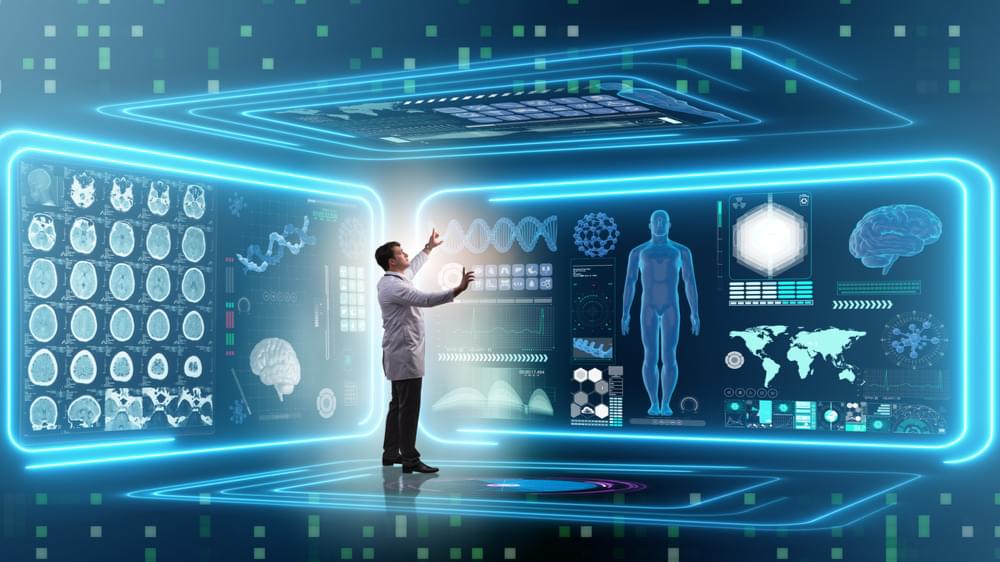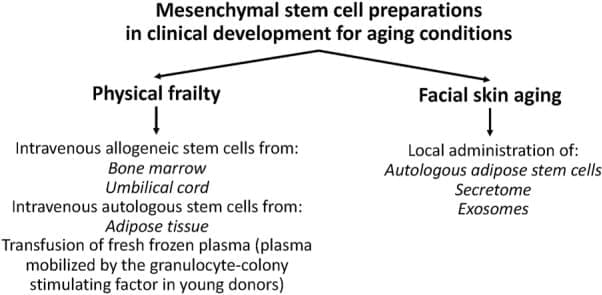The story of how the structure of DNA was found is one of team science from which one member was unforgivably excluded.


A Re-Edited version of Aldous Huxleys classic, Brave New World…
My original plan was to only show parts relevent to present times… Then I realised that this is the blue print for our future… And the future is here, now and present… What we do from here is anyones guess… This should be seen by EVERY HUMAN ALIVE… It is the story of our fate and final destruction… We are already at the tipping point… Don’t accept their bullshit… Fight back with NON COMPLIANCE!!! DO NOT ACCEPT 5G… DO NOT ACCEPT BIO-TECHNICS… DO NOT ACCEPT IMPLANTS, VACCINES, NANO-TECH, etc, etc, etc… The future is ours if we take it… Or leave it to the World Rulling Psychopaths… The choice is YOURS!!!
I LOVE YOU ALL!!!
(Stick around at the end for a very real interview with Aldous Huxley where he explains why yesterdays fiction, is tomorrows reality…)
… Please leave your comments or questions bellow. Also check out my other videos and let me know what you think… Unless you think I’m CrAzY… In which case, I seriously don’t suggest watching the other videos… Just don’t do it… It’s for your own good wink (: For more related videos go to my channels playlists to find a huge selection ranging from Music to Movies, News & Political Affairs, Comedy, Wrestling, Documentaries & loads more… Thanks for watching smile
Want more madness??? (: CLICK SUBSCRIBE smile # @ );?! % £ $ € %!? ;(@ #…

The research project was originally based on a new group of viruses that the study authors discovered in the water of the Gossenköllesee in Tyrol, Austria, in 2021.
During a comprehensive study of complex single-celled microbes, scientists from the University of Innsbruck’s Department of Ecology made a groundbreaking discovery. They discovered the DNA of more than 30,000 viruses that were previously unknown, integrated into the microbes’ genome.
The study revealed that some microbes contain a significant proportion of their DNA that is made up of hidden viruses, up to 10 percent.
Kontekbrothers/iStock.

People typically think of food as calories, energy and sustenance. However, the latest evidence suggests that food also “talks” to our genome, which is the genetic blueprint that directs the way the body functions down to the cellular level.
This communication between food and genes may affect your health, physiology and longevity. The idea that food delivers important messages to an animal’s genome is the focus of a field known as nutrigenomics. This is a discipline still in its infancy, and many questions remain cloaked in mystery. Yet already, we researchers have learned a great deal about how food components affect the genome.
I am a molecular biologist who researches the interactions among food, genes and brains in the effort to better understand how food messages affect our biology. The efforts of scientists to decipher this transmission of information could one day result in healthier and happier lives for all of us. But until then, has unmasked at least one important fact: Our relationship with food is far more intimate than we ever imagined.

Researchers identified DNA methylation markers that may indicate the risk of developing schizophrenia later in life in newborns. This breakthrough discovery could allow for early detection and intervention to reduce the impact of the disease. By studying blood samples collected at birth, the team was able to identify unique methylation differences in cell types that could become potential clinical biomarkers for future early detection of schizophrenia.

While analyzing the genomes of single-celled microbes, a team of researchers made a startling discovery: Thousands of previously unknown viruses were “hidden” within the microbes’ DNA.
The researchers found DNA from more than 30,000 viruses built into genomes of various single-celled microbes, they report in a new study. They explain that viral DNA might enable a host cell to replicate complete, functional viruses.
“We were very surprised by how many viruses we found through this analysis,” says lead author Christopher Bellas, an ecologist who studies viruses at the University of Innsbruck in Austria. “In some cases, up to 10 percent of a microbe’s DNA turned out to consist of hidden viruses.”

In March 2023, MIT Technology Review revealed that Sam Altman, the CEO of OpenAI (ChatGPT), was the mystery investor behind the $180 million investment into stealth startup Retro Biosciences, a biotech company with the ambition of “adding 10 years to the human lifespan.” This investment marks the latest tech entrepreneur expressing their interest in longevity science and a new connection with innovative AI technology.
According to February 2023 reports, AI is continuing to gain traction in healthcare applications. Currently, the market is estimated at $14.6 billion (USD) with a compound annual growth rate (CAGR) of 47.6%, with solutions spread across various healthcare fields, such as patient data and risk analysis, precision medicine, cybersecurity, lifestyle management, and drug discovery.
The increasing convergence of AI technology and longevity science is sparking advancements in the sector, with established businesses, start-ups, and researchers utilizing the technology. Most recently, scientists explored how ChatGPT, an AI-based language model, was able to predict Alzheimer’s in 80% of cases when analyzing speech. However, it is not the only implementation.

Stem cells (SCs) are undifferentiated cells which can proliferate indefinitely or differentiate into progenitor cells and end-phase differentiated cells (becoming pluripotent) (Mayo, 2021; Slack, 2022). Human embryonic SCs (hE-SCs) are found in the inner cell mass of the blastocyst; h E-SC research raises ethical concerns (Lo and Parham, 2009), and h E-SC transplantation in vivo can lead to the formation of large tumors called teratomas (Blum and Benvenisty, 2008).
Small numbers of adult SCs are found in some organ “niches”, including the bone marrow, where hematopoietic progenitor cells (HPC) replenish blood and immune cells. In 1958, Mathe et al. (1959) successfully performed the first adult SC therapy on five workers who had received high-dose accidental irradiation at the Vinca Nuclear Institute in Yugoslavia. After transfusions and grafts of homologous adult bone marrow, all workers survived (Mathe et al., 1959).
For years, the human umbilical cord was a waste material and, unlike h E-SCs, its use does not raise ethical concerns. In 1988, Gluckman et al. (1989) successfully performed the first human cord blood transplant in a child with Fanconi’s anemia. Since then, numerous public and private cord blood banks have been established worldwide for the cryopreservation of cord blood in view of its transplantation (Gluckman, 2011).

In a recent study published in the Cochrane Database of Systematic Reviews, researchers provide an overview of fecal microbiota transplantation (FMT) in treating recurrent Clostridioides difficile infection (rCDI).
Study: Fecal microbiota transplantation for the treatment of recurrent Clostridioides difficile (Clostridium difficile). Image Credit: Prrrettty / Shutterstock.com.

Over the past 100 million years, mammals have adapted to nearly every environment on Earth. Scientists with the Zoonomia Project have been cataloging the diversity in mammalian genomes by comparing DNA sequences from 240 species that exist today, from the aardvark and the African savanna elephant to the yellow-spotted rock hyrax and the zebu.
This week, in several papers in a special issue of Science, the Zoonomia team has demonstrated how comparative genomics can not only shed light on how certain species achieve extraordinary feats, but also help scientists better understand the parts of our genome that are functional and how they might influence health and disease.
In the new studies, the researchers identified regions of the genomes, sometimes just single letters of DNA, that are most conserved, or unchanged, across mammalian species and millions of years of evolution—regions that are likely biologically important. They also found part of the genetic basis for uncommon mammalian traits such as the ability to hibernate or sniff out faint scents from miles away. And they pinpointed species that may be particularly susceptible to extinction, as well as genetic variants that are more likely to play causal roles in rare and common human diseases.